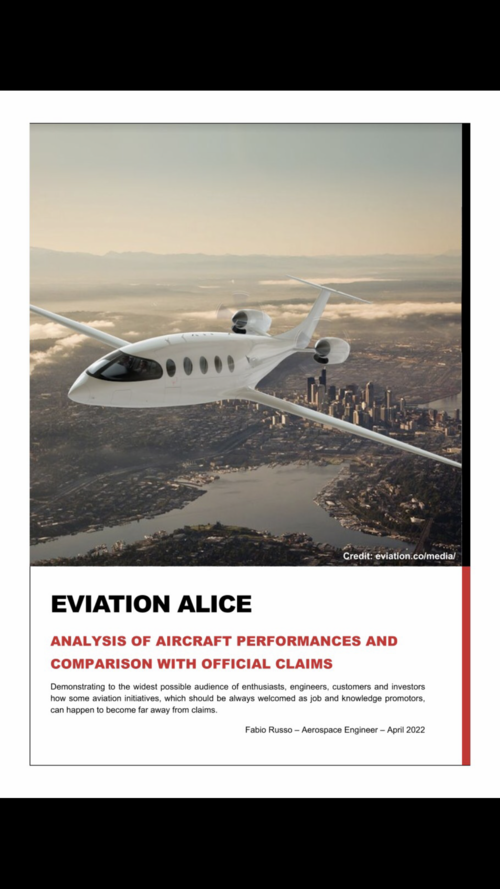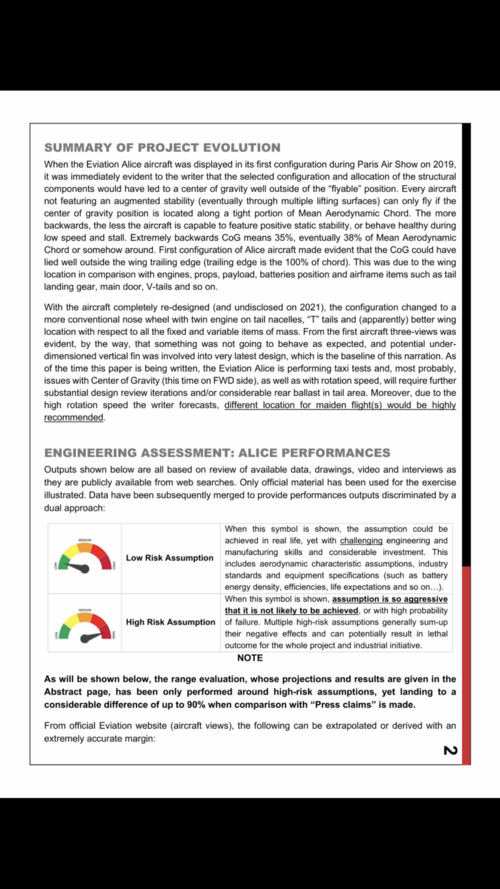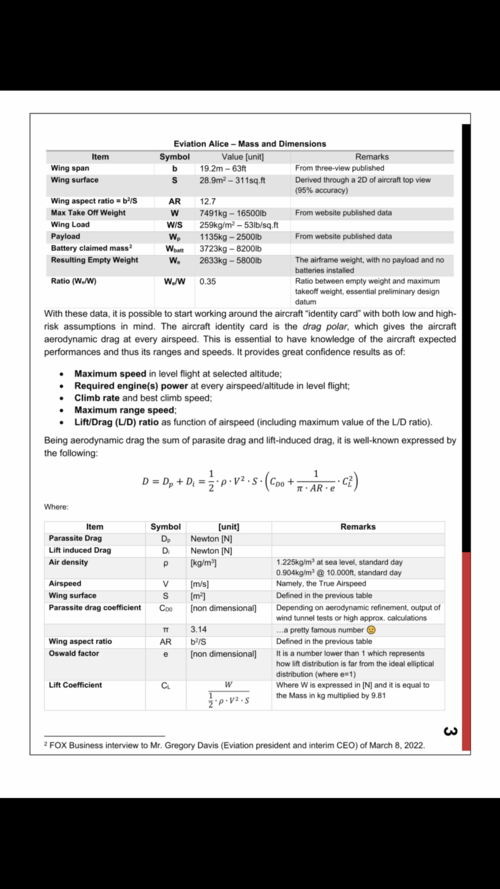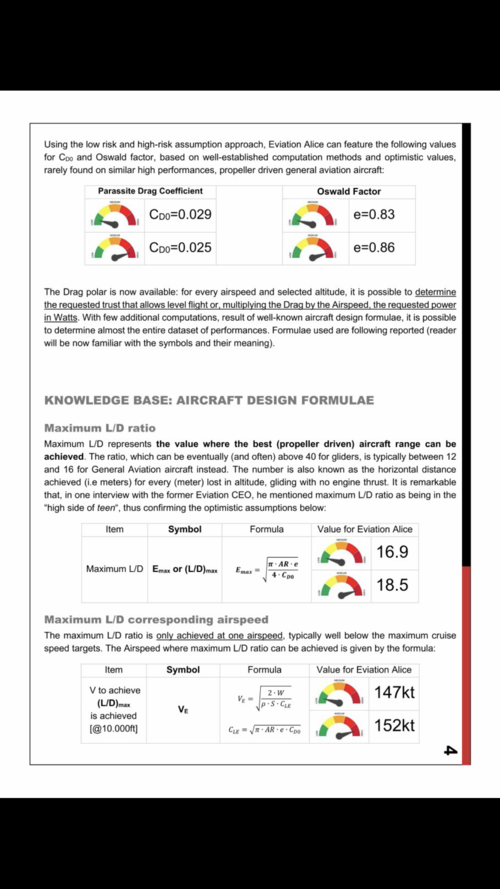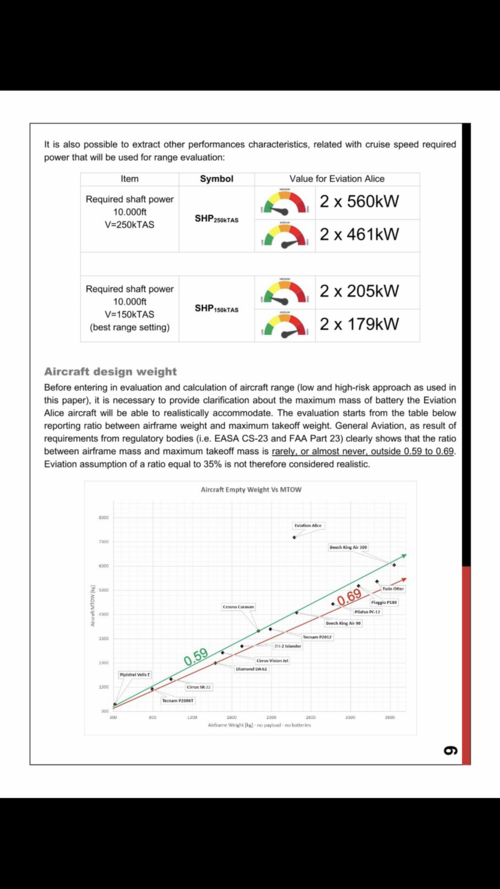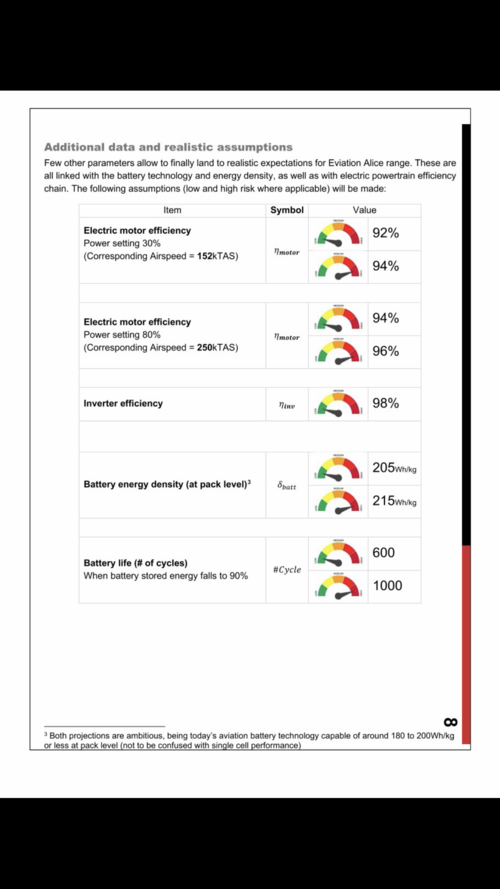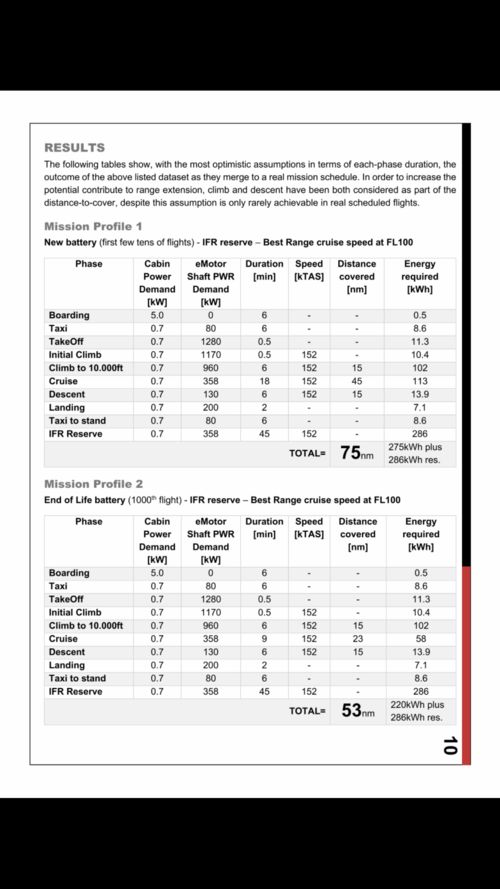Eviation is gearing up for the first flight of its all-electric Alice prototype in the coming months having completed ground testing earlier in May.

www.flightglobal.com
Ground tests have finally wrapped up. Hopefully we'll see the maiden flight soon.
"Davis declines to provide details but says the results of ground tests convinced it to slow the push towards first flight."
"When we completed the ground-test programme we found some things that we needed to tweak and that’s what we are working on as we prepare the aircraft for first flight,” he says."
So it looks like there was some sort of technical issue that needed to be resolved, my guess is that it was related to either the engines or the complex battery system.
Edit: This article has a lot of information so I will provide a quick summary for those who can't get past the paywall.
"Davis says flights of the first of three certification aircraft will begin in 2024. This should lead to type approval for the unpressurised version from the US Federal Aviation Administration under Part 23 regulations in 2025"
* The production conforming prototype will not take flight until 2024. So the aircraft that they currently have is only a demonstrator to see if the basic design works. Any test flights it performs will not count towards certification. If the certification process doesn't formally begin until 2024, I don't know why they think they can get this thing in service by 2025. It seems that they are being overly optimistic to keep investors and customers happy.
* High speed taxi tests still have not been conducted, that will only come once the aircraft receives its experimental permit to fly from the FAA. I assumed they already had that.
* The cargo version for DHL will enter service first in 2025 and it will be unpressurized. It also reduces weight and complexity. The version for Cape Air will be pressurized and will enter service around 2026.
* They still have not decided which company will be contracted to supply the composite fuselage as well as the tail. The French company that built this prototype will not be used to manufacture production aircraft as they cannot build in the large volumes that will be required. The wings will be built by GKN Aerospace.
* They still have not decided which company will provide the avionics for the flight deck, although they are leaning towards Honeywell's Anthem cockpit design. This is why the current prototype's cockpit looks so spartan, it's nothing more than an interim configuration. Honeywell will be providing the fly by wire system, which is optimized for light electric aircraft.
* They are actively looking for a launch customer for the executive version. They are claiming operating costs up to 66% lower than a conventional aircraft. Eviation also believes most operators will fly it on routes ranging from 150 to 300nm. I wonder if this aircraft can really fly a 300nm segment with a full payload on a miserable winter day while battling headwinds and having the anti-icing and cabin heat switched on plus full IFR reserves.
There was one last thing that stood out:
"However, he cautions that the Eviation is being selective about which customers will receive their aircraft first, seeking those that are experts in onboarding new aircraft” and which can assist with driving maturity into the platform"
That seems to explain why they want DHL to be the first customer to put this thing into service. They know this aircraft will likely be very temperamental and they need an experienced operator that can put up with a lot of teething troubles. DHL has more resources to deal with these issues than a small operator like Cape Air, who is very unhappy with all the teething problems their new fleet of Tecnam P2012's are giving them.






